You’ve made the leap: you scheduled the interview or started the job, and you need to look professional for your new venture. But it’s hard to afford a professional wardrobe without a professional salary. Over the course of my jobs and internships, I’ve found some ways to make the most of your student wardrobe. You don’t need to go into debt just to look the part.
The first thing to think about is the environment in which you need to dress to impress. In my jobs so far, I have inhabited creative industries—photography, publishing, etc. In such industries there is generally more acceptance for color, pattern, and different cuts of clothing than there would be in, say, finance. These suggestions speak to my experience, so consider them against the expectations of your industry.
Let’s start with the basics: a dress shirt, blazer, and slacks. There are multiple ways to wear a dress shirt under a blazer. Tucking it in is classic, but maybe you can get away with some variations. Try buttoning the shirt all the way up and adding a pendant or chain between the collar points for a sophisticated but customizable look. A French tuck—tucking a portion of the shirt front into slacks and letting the rest fall—is sleek when paired with a blazer. A French tuck is the tucking equivalent of a clip-on tie: it looks just as good, but is much more comfortable.

Image credit: https://commons.wikimedia.org/wiki/File:Shirt_%28drawing%29.jpg
Look in your existing wardrobe for pants that may be able to act as slacks. When I bought plaid purple pants, I didn’t see them as professional. But paired with a nice blouse or button-up, they’re suddenly a funky work pant. Anything with structure (non-clinging), without rips, and non-denim can be in the running. The key to finding professional pieces in your existing wardrobe is to look for potential, not intent. Even if you bought something for non-professional purposes, when paired with another item, could you see it differently?
By the way, the more variety you have in your wardrobe, the more distinct outfits you can craft. For example: I own a black blazer and a plaid blazer. If I pair a white button-up with the black blazer, then wear the white button-up with the plaid blazer the next day, they’ll be seen as two distinct outfits because I’ve changed from a solid to a pattern. The same can be said for shirts. Don’t just get two of the same item; have some variety. Think of it this way: Two distinct blazers + one shirt that doesn’t clash with either = four different outfits, not to mention the combinations you can create if you add some variety to your pants as well. Or try fun shirts! A black blazer looks different if you wear it with polka dots versus a floral pattern. Two distinct button-ups or blouses + one simple blazer = four different outfits.
In many cases, professional dress doesn’t have to look a single way. That means you can make the most out of a few basics and your existing wardrobe. Explore what you have with fresh eyes, and you might be surprised by what you wear to your next meeting or interview.
Takeaways:
- A few items can be worn in a variety of ways to freshen up your professional look
- Look to your existing wardrobe for potential: what could become a professional item when paired with something else or worn differently?
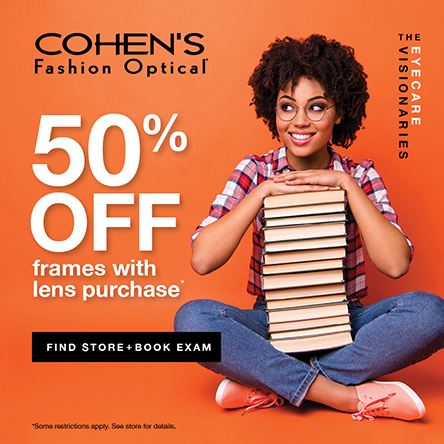
Why not add to your professional look with a new pair of glasses? Use this student discount for 50% off frames!
By: Kelsie Lynn
Kelsie Lynn is a rising junior at New York University studying communications and creative writing. She is probably in a coffee shop right now working on her latest short story draft.
For over 20 years, the Campus Clipper has been offering awesome student discounts in NYC, from the East Side to Greenwich Village. Along with inspiration, the company offers students a special coupon booklet and the Official Student Guide, which encourages them to discover new places in the city and save money on food, clothing, and services. At the Campus Clipper, not only do we help our interns learn new skills, make money, and create wonderful e-books, we give them a platform to teach others. Check our website for more student savings and watch our YouTube video showing off some of New York City’s finest students during the Welcome Week of 2015.


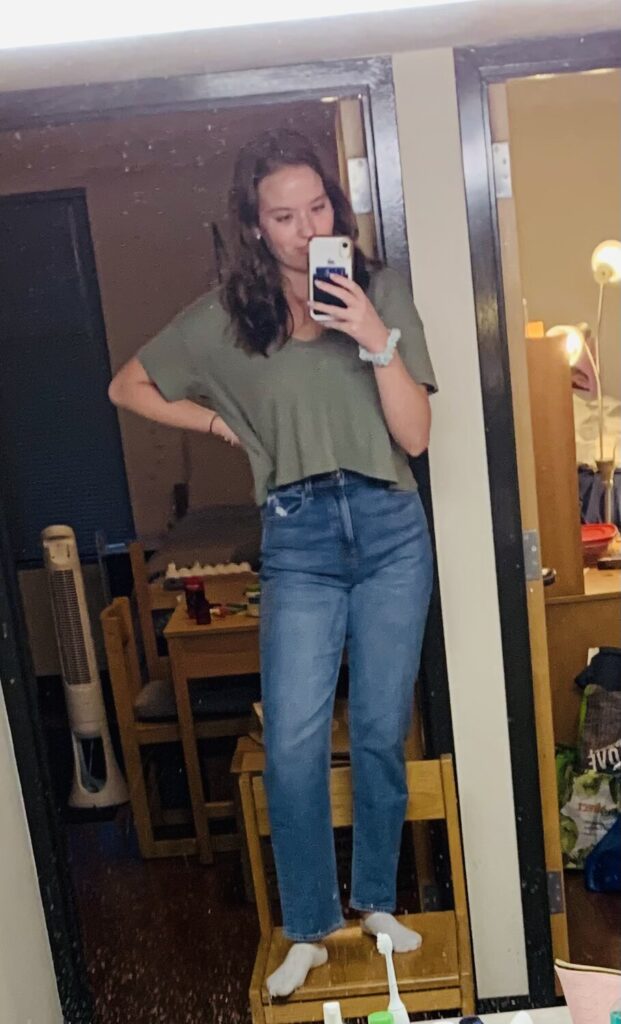
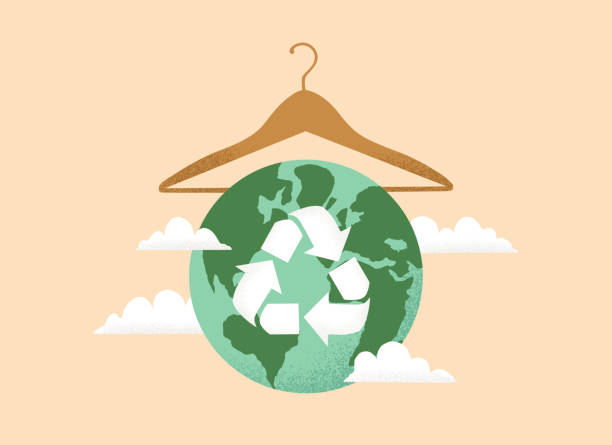

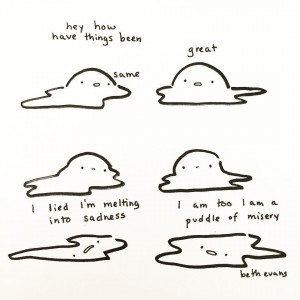
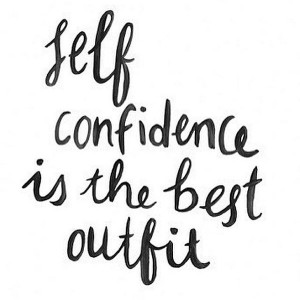

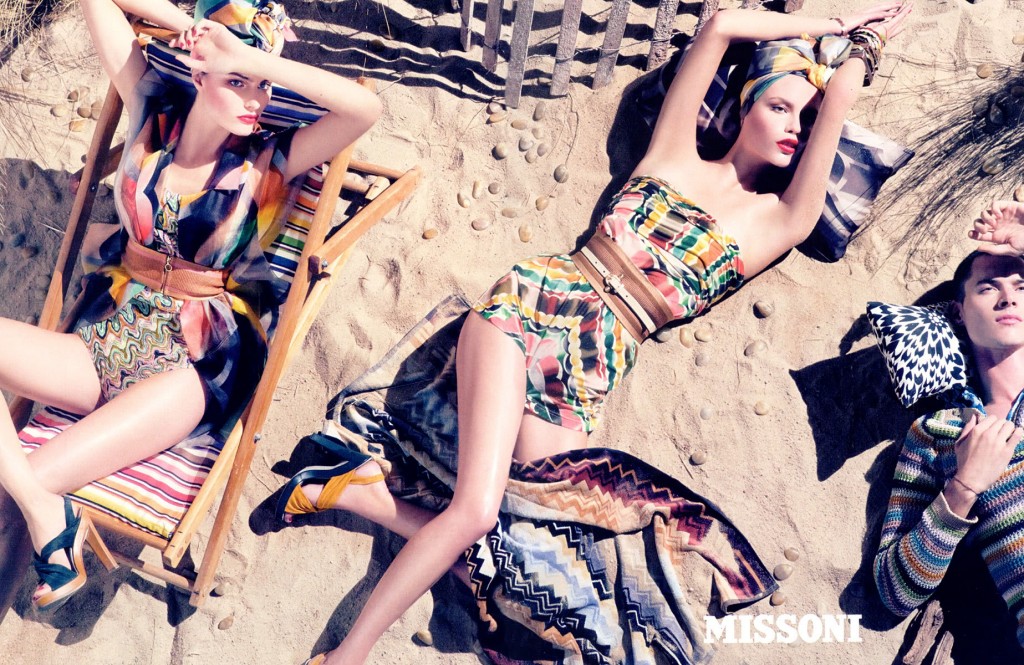


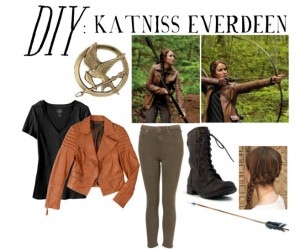 This blog series is a serialized look at fashion as a function and inspiration in our everyday lives. It explores the urban young-adult aesthetic in modern American culture, specifically in New York City. If you are reading this series, you’re somewhat familiar with urban fashion trends or perhaps you fit the aforementioned demographic. The urban young-adult aesthetic likely saturates every form of media from music to films and other visual arts that you consume. You find that a touch of it lingers in the background track of your favorite dance song when you hear heavy platform shoes on hardwood floors or the clink of metal on some over accessorized clubgoer. You notice that the film adaptation of your favorite young-adult series uses the popular color scheme from the runway that year. It is no coincidence that fashion concepts marketed to young-adults are such popular motifs in other art forms. The young adult is powerful in any form of art. The confluence of their unique and modern generational experience fused with newfound independent thinking, without fail, makes every generation of young adults the most important shapers of culture.
This blog series is a serialized look at fashion as a function and inspiration in our everyday lives. It explores the urban young-adult aesthetic in modern American culture, specifically in New York City. If you are reading this series, you’re somewhat familiar with urban fashion trends or perhaps you fit the aforementioned demographic. The urban young-adult aesthetic likely saturates every form of media from music to films and other visual arts that you consume. You find that a touch of it lingers in the background track of your favorite dance song when you hear heavy platform shoes on hardwood floors or the clink of metal on some over accessorized clubgoer. You notice that the film adaptation of your favorite young-adult series uses the popular color scheme from the runway that year. It is no coincidence that fashion concepts marketed to young-adults are such popular motifs in other art forms. The young adult is powerful in any form of art. The confluence of their unique and modern generational experience fused with newfound independent thinking, without fail, makes every generation of young adults the most important shapers of culture.
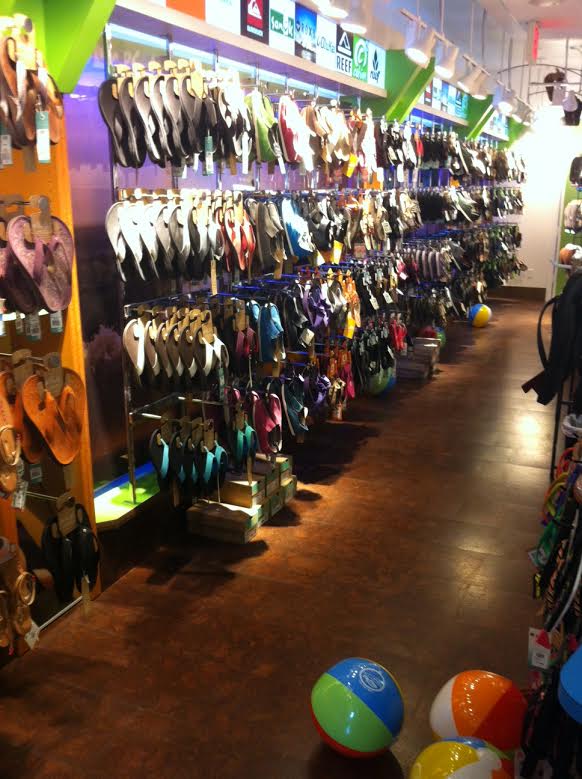




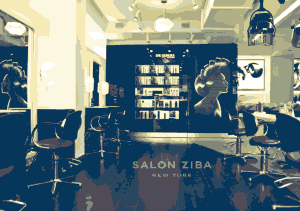 good hair day, I know. My hair is thick and curly, which in summer months best translates to massive and frizzy. I’m used to wearing my hair up in a bun almost all the time over the summer, and it’s less because of the heat than because my hair just gets unmanageable. I was determined to fight back this year, and so I looked into upscale hair salons hoping that there would be some difference between the fancier places and my usual local ones. What I wound up trying was Salon Ziba, downtown by NYU. I want to talk a little about my experience there. (Spoiler Alert: great haircut, great people, great price, happy Laura.)
good hair day, I know. My hair is thick and curly, which in summer months best translates to massive and frizzy. I’m used to wearing my hair up in a bun almost all the time over the summer, and it’s less because of the heat than because my hair just gets unmanageable. I was determined to fight back this year, and so I looked into upscale hair salons hoping that there would be some difference between the fancier places and my usual local ones. What I wound up trying was Salon Ziba, downtown by NYU. I want to talk a little about my experience there. (Spoiler Alert: great haircut, great people, great price, happy Laura.)

